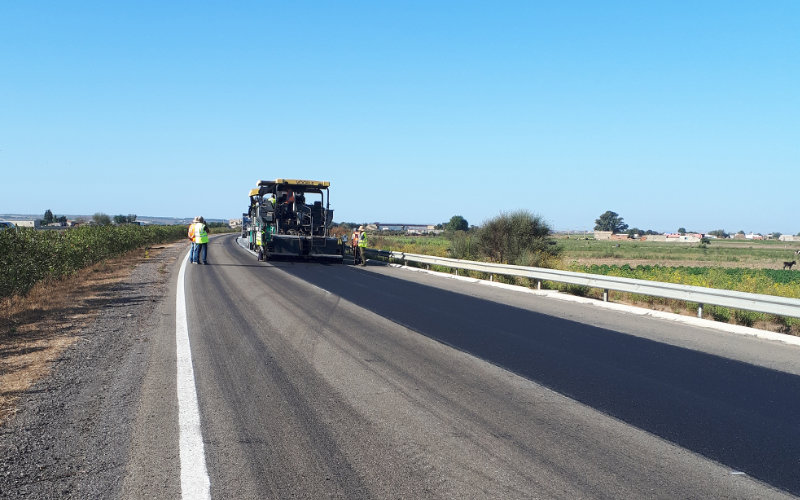Morocco Invests $320 Million in Massive Road Infrastructure Expansion

The Moroccan government is going all out on the development of road infrastructure. In 2023, a budget of 3.2 billion dirhams has been allocated for the construction of more than 750 km of roads. This vast investment program aims to stimulate the country’s economic attractiveness, facilitate trade and open up rural areas.
Among the flagship projects underway is the expressway connecting Tiznit to Dakhla, the completion of the sections of which is at a very advanced stage. The remaining area between Tiznit and Tan-Tan, with a total length of 80 km, is also under development, said the Minister of Equipment and Water, Nizar Baraka.
Another major project is the construction of a bridge over the Sakia El Hamra valley, at the level of the road leading to the city of Laâyoune. This 1.7 km long bridge will significantly improve traffic flow and strengthen connectivity between the southern regions of the country.
The National Motorway Company of Morocco (ADM) also contributed to the development of the national road network in 2023 by investing 901 million dirhams. These funds have financed the increase in the capacity of the Rabat-Berrechid motorway axis, the construction of the Tit Mellil-Berrechid motorway and the reconstruction of the entrance to the Tit Mellil-Berrechid motorway.
The government hopes that these investments in the national road network will result in positive economic spin-offs and above all that Morocco will be ready for the 2030 World Cup. Improved connectivity should indeed stimulate the country’s attractiveness for foreign investors, facilitate the transport of goods and contribute to job creation.
The development of the national road network does not stop there. Morocco has indeed developed a new strategy for the sector by 2030. This strategy aims to put in place new plans for the realization of road infrastructure at the national level, to establish the best construction practices and to preserve the national road heritage.
Related Articles
-

Tangier’s Shisha Crackdown: Nightlife Disrupted, Contraband Seized
16 September 2025
-

Deadly Epidemic Ravages Livestock in Moroccan Village, Farmers Plead for Aid
16 September 2025
-

Morocco Emerges as Green Tech Hub: Chinese Billions Fuel Clean Energy Boom
16 September 2025
-

Casablanca Transforms for Royal Visit: King Mohammed VI to Unveil Mega Projects
16 September 2025
-

Morocco’s Billion-Dollar Israeli Arms Spree Reshapes Regional Defense
16 September 2025